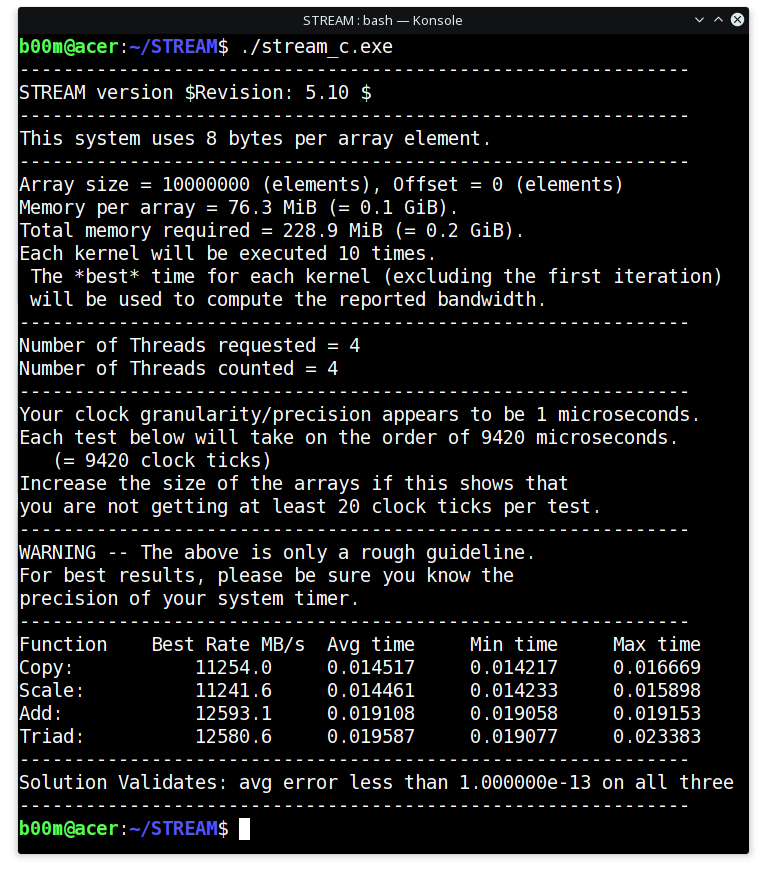


As such, there isn't always a clean way to tell how many times the chips have been written to. tools aren't always up to date with the latest SSDs and their attributes. It's really important that you fully understand what smartctl(8) is saying, and not making assumptions. It typically decreases when Flash blocks are marked as bad, see the RAW value of Retired_Block_Count It starts at 100 and indicates the approximate percentage of SDD life left. The RAW value of this attribute is always 0 and has no meaning. In your second example, please read the official docs about SSD_Life_Left. According to your ouptut, this field doesn't seem to exist. Yes, it has a range of 0-100, with 100 being a brand new, unused drive, and 0 being completely worn out. In your first example, what I think you are referring to is the "Media Wearout Indicator" on Intel drives, which is attribute 233. With the other disk, the SSD_Life_Left ATTRIBUTE stands out, but its Raw value of 0, indicating 0% life left, is unlikely for an apparently-healthy SSD unless it happen to be in peril (we will see in a few days), and if it reads "0% life has been used", also impossible for a worn hard disk (worn = used for more than a year). So this SSD has used 57% of its rewrite life-span, is it correct? Vendor Specific SMART Attributes with Thresholds: SMART Attributes Data Structure revision number: 1 Smartctl 6.2 r3812 (local build)Ĭopyright (C) 2002-13, Bruce Allen, Christian Franke, = START OF READ SMART DATA SECTION = However there is only one Unknown_Attribute whose RAW VALUE is between 1 and 100, thus I can only assume that is what we are looking for: $ sudo smartctl -A /dev/sda

With the first SSD, it is not clear which field indicates wearout level. To demonstrate the problem here are the two examples.

I could go on to find a third SSD, but I feel the fields are not standardized. information for a percentage field called Media_Wearout_Indicator, or other jargons indicators like Longterm Data Endurance - which don't exist - Yes I did check two SSDs, both lack these fields. Most Google search results would ask you to look up S.M.A.R.T. How do I check in Linux what the current health status of an SSD is? We all know that SSDs have a limited predetermined life span.


 0 kommentar(er)
0 kommentar(er)
